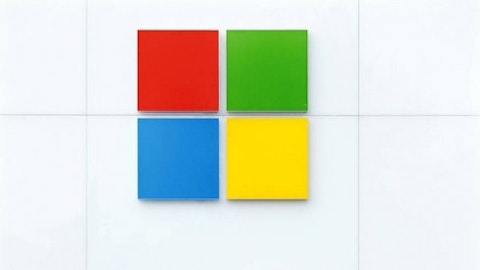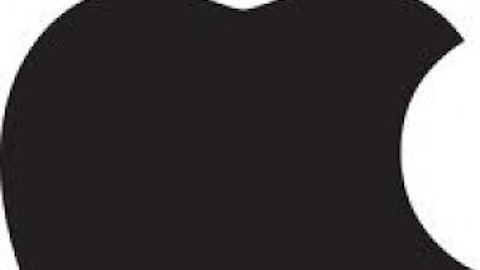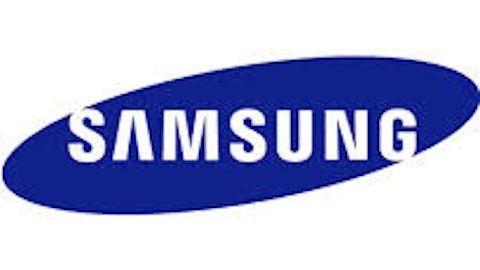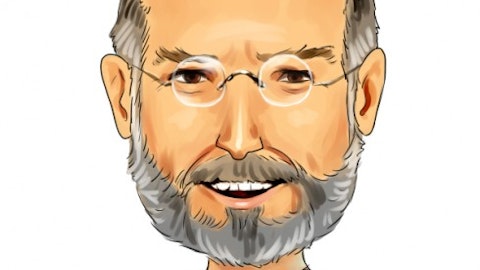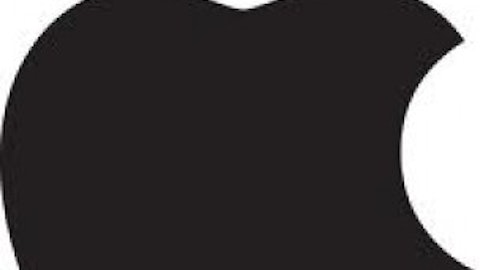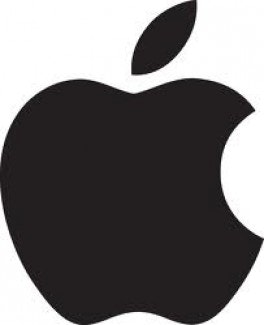
Losing ground in developing markets
In May 2013, Google Inc (NASDAQ:GOOG)‘s Android ranked as the top smartphone platform in the U.S. with 52.4 percent market share, whereas Apple Inc. (NASDAQ:AAPL) ranked second with 39.2 percent market share, followed by Research In Motion Ltd (NASDAQ:BBRY) with 4.8%, according to comScore. And a similar scenario is taking place in Western Europe: Android is very dominant in the region. Google Inc (NASDAQ:GOOG)‘s OS increased its market share to 69% in 1Q13 from 55% a year ago, according to IDC. And Apple’s iOS is losing ground as market share declined to 20% from 25% a year ago.
A cheap iPhone can drive Apple’s numbers
Apple Inc. (NASDAQ:AAPL)‘s recent trade-in programs points to the fact that the company is trying hard to ramp up its unit sales of the newer iPhones and iPads, and even at the expense of accepting a lower unit price for its products. And it also portrays that the company is not hoping to unveil a revolutionary new product, at least in the near-term
Apple is growing its sales revenue, but owing to the intense competition in the handset and tablet markets, the company’s prices and profits have declined. In Q2 FY2013, the gross margins of the company declined to 37.5% from the Q2 FY2012 gross margin of 47.4%. And the company expects gross margins to trickle down further and come in the range of 36%-37% in 3Q-FY13.
The company has been selling a larger portion of older handsets in emerging markets like the iPhone 4 and 4S at lowered prices to lure in first time smartphone buyers, which led to a decrease in iPhone Average Selling Prices which came down roughly $28 in the last quarter. However, if Apple Inc. (NASDAQ:AAPL) can sell higher volumes of its less expensive phones in growing countries, the company’s dollar profits can increase substantially, even at the expense of lowered gross margins.
The China Factor
China has surpassed the U.S. in terms of the no. of smartphones in the market. The population of China is more than 4x of the U.S., but the penetration of smartphones is a lot lower. For Apple, revenues from Greater China make up roughly 19% of its total revenues, a number which is almost certain to grow in the future.
Apple’s growth in China did trickle down to 7.5% as it doesn’t have the largest carrier, China Mobile on its side. Apple’s revenues from the Greater China region stood at $8.2 billion. And Apple intends to double its retail presence in China within two years from current levels as well. The company is making progress, but it needs to step on the gas pedal.
Apple did launch a mix of products with China Unicom as well as China Telecom. In addition, Apple has about 19,000 point-of-sales distribution and is ramping up its online store as well. As China and many other countries in the emerging world have a sizable number of first-time smartphone buyers, Apple is slashing its prices for the older versions of the iPhone in those regions to attract these potential customers.
China still ranks among the top 10 fastest growing Android/iOS markets in the world by growing over 200% on a year-over-year basis, according to Flurry Analytics. However, Samsung leads the pack in the China smartphone marketplace, and four domestic suppliers are also selling more than the iPhone, according to market researcher IDC. Lower priced phones from domestic OEMs have led to Apple Inc. (NASDAQ:AAPL) being the sixth largest player in the largest smartphone market in the world.
Apple needs to dig deeper into Emerging Markets, Android’s Edge
Google Inc (NASDAQ:GOOG) disclosed that it is activating 1.5 million new Android devices every day, which goes to show the widespread consumer adoption of Android-based devices. And Android’s open source nature, coupled with relatively lower prices gives it a big edge in gaining market share among more price-conscious consumers in developing regions.
The company did slash prices for many of its older generation phones, but the price point for iPhones is still above the $600 mark, which is pretty high for many prospective consumers, especially those who earn less than $600 a month. As a result, Apple Inc. (NASDAQ:AAPL) needs to unveil a lower priced iPhone or cut prices of its older phones substantially to gain market share in these countries. The highly fragmented nature of Android makes it difficult for many app developers to roll out great apps, which is a positive for the iPhone maker. Apple has a thriving and vibrant ecosystem and can earn incremental revenues from its App store, as well, by adding more users from current levels of 575 million.
Apple disclosed that iOS now generates roughly 75% of all revenues from app downloads, whereas Android makes up only 20%. Google’s Play store has been growing rapidly in terms of app count, downloads and revenues, but still lags the monetization capabilities of Apple’s App Store.
Apple Inc. (NASDAQ:AAPL) can unveil lower priced iPhones in big markets like Brazil, India and China to gain ground on Android. According to Strategy Analytics, India is now the third largest smartphone market in the world, only behind the U.S. and China. And Apple’s ability to drive higher volumes in these BRIC countries will be crucial for the company’s fortunes down the road, as developed markets dry up.
The article Apple Needs Emerging Markets originally appeared on Fool.com and is written by Ishfaque Faruk.
Ishfaque Faruk has no position in any stocks mentioned. The Motley Fool recommends Apple and Google. The Motley Fool owns shares of Apple and Google. Ishfaque is a member of The Motley Fool Blog Network — entries represent the personal opinion of the blogger and are not formally edited.
Copyright © 1995 – 2013 The Motley Fool, LLC. All rights reserved. The Motley Fool has a disclosure policy.
